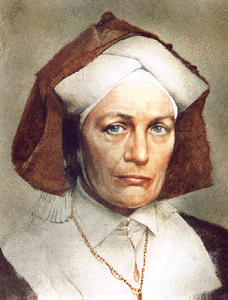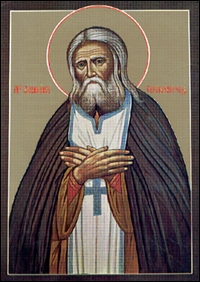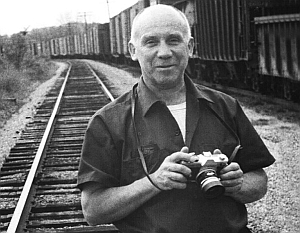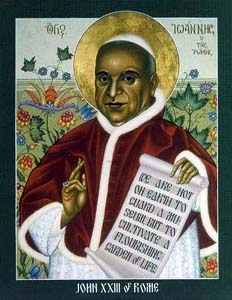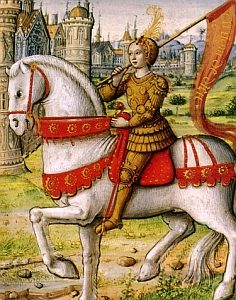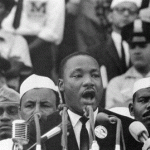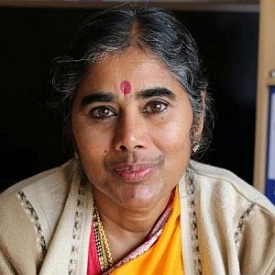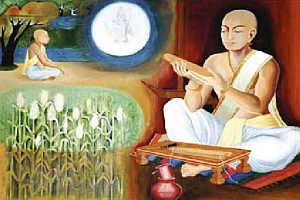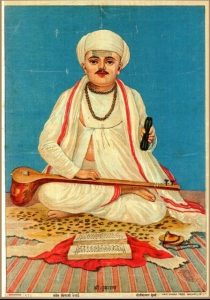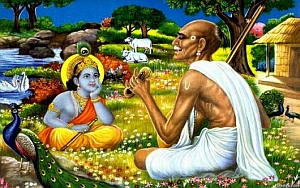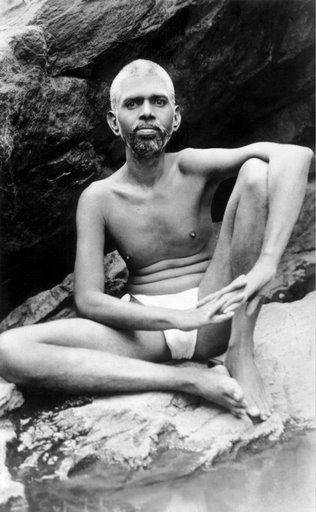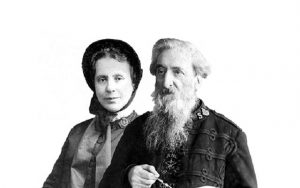 WILLIAM BOOTH was the most successful evangelist of the nineteenth century. In an age when travelling preachers counted their conversions – and used their weekly totals to advertise for new work – Booth certainly topped the performance league. And, although he never descended to such commercial practices himself, he took great pride in his unparalleled talent for saving souls. But his importance was the world he took as his parish. The poor were his natural congregation and, at least in his early days, the only people who listened to his sermons were the men and women to whom the Church would not reach out.
WILLIAM BOOTH was the most successful evangelist of the nineteenth century. In an age when travelling preachers counted their conversions – and used their weekly totals to advertise for new work – Booth certainly topped the performance league. And, although he never descended to such commercial practices himself, he took great pride in his unparalleled talent for saving souls. But his importance was the world he took as his parish. The poor were his natural congregation and, at least in his early days, the only people who listened to his sermons were the men and women to whom the Church would not reach out.
![]()

